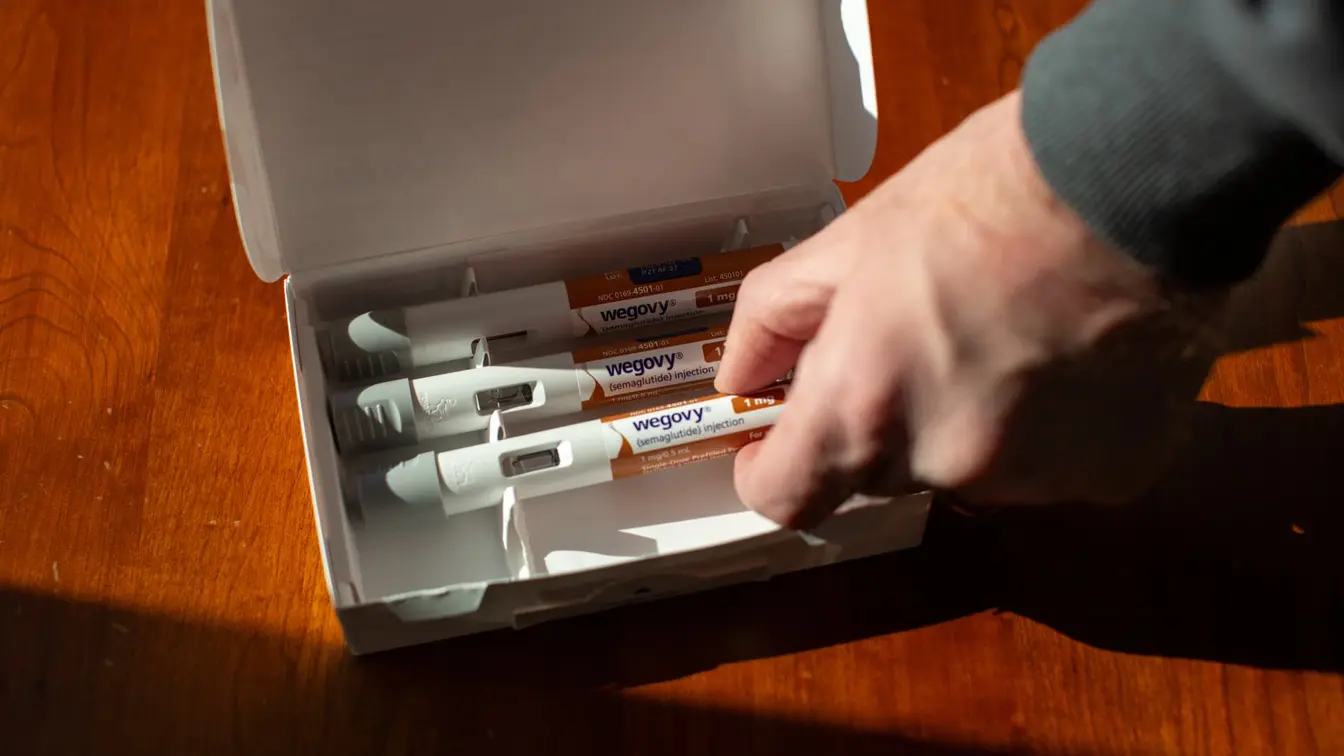T4K3.news
RA patient defies denial with GLP-1 treatment
A 30-year-old RA patient reports fewer flares and weight loss after using compounded GLP-1 therapy, despite insurance labeling it cosmetic.

A rheumatoid arthritis patient credits compounded GLP-1 therapy with reducing inflammation, while insurers label it cosmetic weight loss.
RA patient finds relief with GLP-1 despite insurance denial
Cassandra Smith, a 30-year-old with rheumatoid arthritis and heavy obesity, faced months of flare-ups and a daily struggle with pain. Her doctor suggested GLP-1 therapy off-label to target inflammation. Insurance denied coverage, labeling the treatment cosmetic weight loss, so she turned to compounded semaglutide and later tirzepatide. After seven months, she reports no arthritis flare-ups and a significant weight drop, saying she has been able to reduce her usual RA medications. The change has touched daily life, from energy levels to meals and time with her daughter.
She describes a shift in routines and priorities, from planning meals to choosing healthier options at home. She spends about 300 dollars a month on the meds, and she notes this is cheaper than her previous spending on food and takeout. The provider Shed helped with access to compounded GLP-1s, and she is now integrating at-home workouts and more outdoor activities with her child rather than relying on a gym. The narrative paints a life transformed by a therapy that sits outside standard RA guidelines but shows real, personal impact.
Key Takeaways
"Since being on a GLP-1, I put myself and my mental and physical health first."
emotional
"I’ve canceled my gym membership."
behavioral change
"Seven months later, Smith hasn’t had a single arthritis flare-up."
outcome
"I feel amazing. My inflammation levels are down."
wellbeing
The case prompts questions about how far medicine should go in chasing relief for chronic diseases. On the one hand, a patient reports fewer flares and a revived sense of control over life; on the other, the medical and regulatory world is not fully aligned on safety, dosing, and long-term effects of compounded GLP-1 therapies for RA. Financial barriers compound the issue, as insurers define treatment value through a narrow lens, potentially steering people toward unproven options. This tension highlights a wider debate about access to emerging therapies and the need for solid research.
Highlights
- Since starting a GLP-1, I put myself and my mental and physical health first.
- I’ve canceled my gym membership.
- Seven months later, Smith hasn’t had a single arthritis flare-up.
- I feel amazing. My inflammation levels are down.
Access and safety concerns surround off-label GLP-1 use for rheumatoid arthritis
The story highlights questions about safety, quality control of compounded medications, and how cost and insurance decisions shape patient access. It raises risks of unsafe dosing and the need for clearer clinical guidance.
Access to promising therapies should be guided by evidence and fairness, not cost alone.
Enjoyed this? Let your friends know!
Related News

GLP-1 use for arthritis sparks access questions

Surgeons Tackle Skin Issues from Weight Loss Drugs

Ozempic vulva reports prompt safety review

New study reveals Ozempic's benefits for dementia risk in diabetes

GLP-1 drugs show potential for PCOS treatment

GLP-1 eye risks noted in new studies

Weight-loss drugs linked to increased eating disorders in the US

Mounjaro shows promise in reducing alcohol cravings
